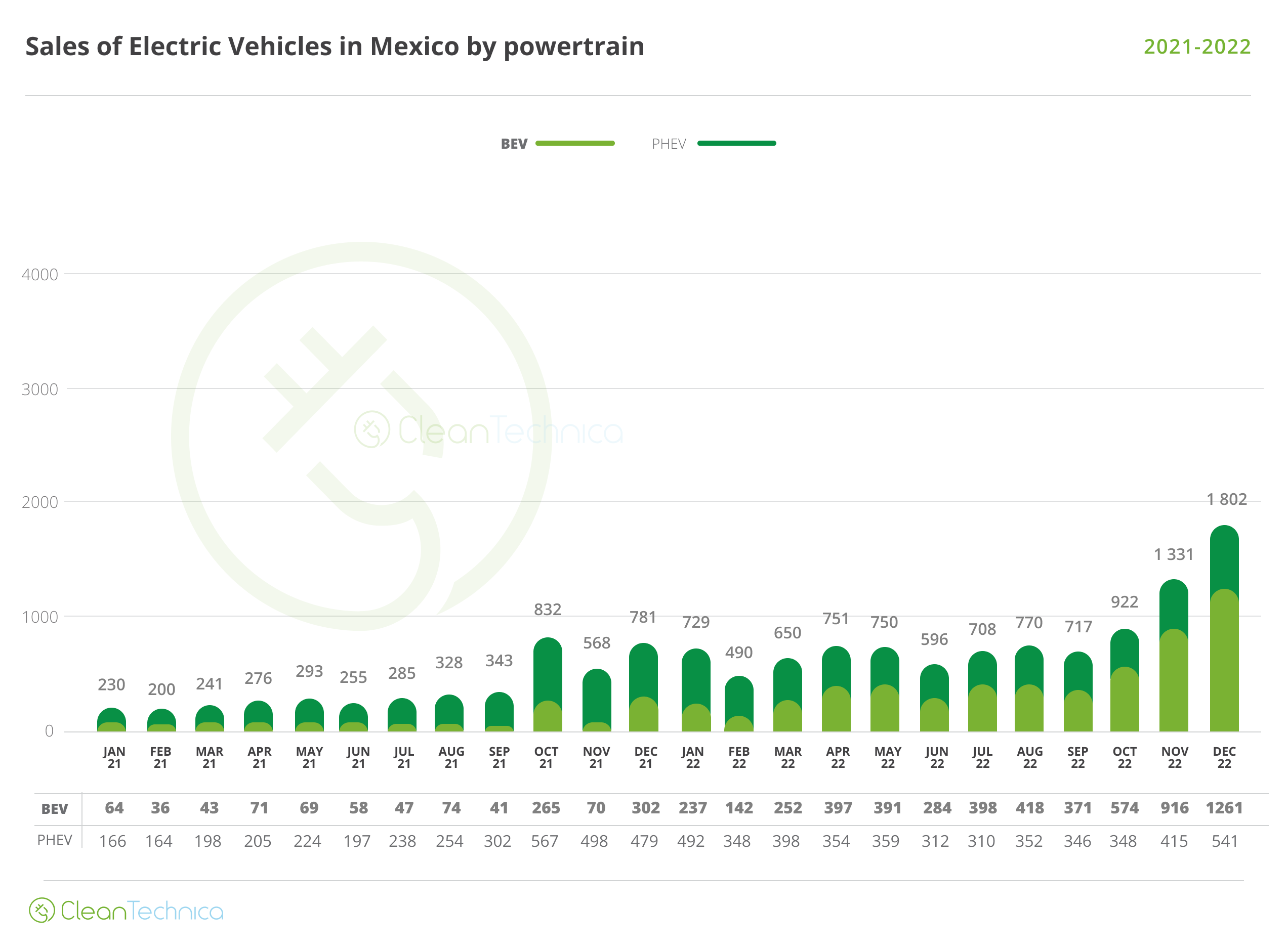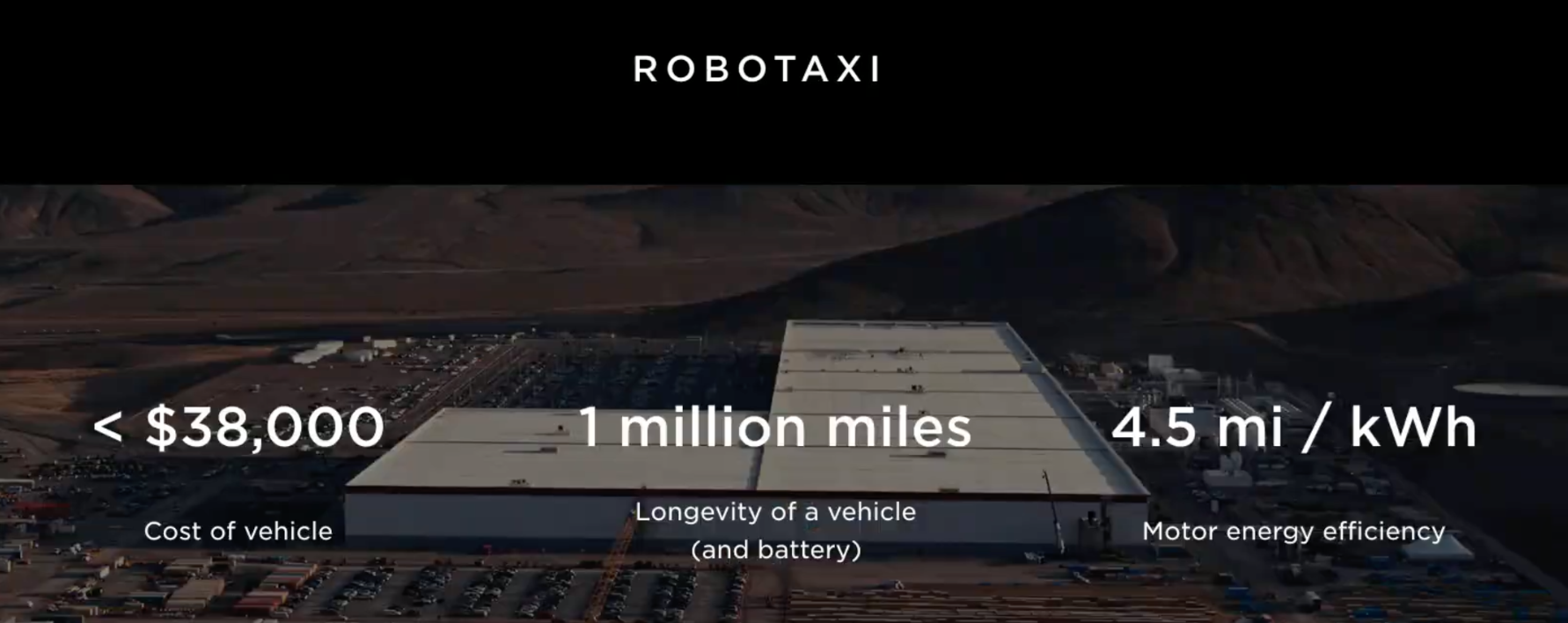Sign up for daily news updates from CleanTechnica on email. Or follow us on Google News!
Sublime Systems, the MIT spinoff that says it has found a way to make cement that eliminates 90% of the carbon emissions associated with making ordinary cement, has been awarded $6.7 million from the Department of Energy Industrial Efficiency and Decarbonization Office to help the company advance its innovative electrolyzer technology.
Making cement is responsible for more carbon emissions each year than any nation on Earth except for China and the US. Almost a cubic mile of cement is produced worldwide each year. While cement companies are hard at work trying to reduce the amount of carbon emissions from the industry, the fundamentals of making cement — especially Portland cement — are subject to the laws of science.
The core input of ordinary Portland cement — which makes up the vast majority of cement produced today — is limestone, a mineral that’s about half calcium and half carbon and oxygen. When limestone is converted to calcium oxide, the immediate precursor to the clinker that is transformed into cement, the CO2 trapped inside the mineral is released into the atmosphere. Cement, when mixed with water and various aggregates such as sand or stone, makes concrete, one of the most often used construction materials in the world.
Sublime Systems was one of 49 projects selected to receive $171 million in funding from the Industrial Efficiency and Decarbonization Office. The company’s project that won the award was entitled “Advanced Electrolytic Cement Production Process for Lower-Energy Use with Alternative Calcium Sources.”
The award will make it possible for Sublime Systems to take the next step towards scaling its breakthrough electro-chemical technology to better process a broad range of industrial byproducts and wastes for its cement, which is a drop-in replacement for high emissions ordinary Portland cement.
High volume low or negative value waste materials — including industrial wastes, returned concrete, and demolished concrete structures — are rich in the elements required for cement. They are produced at enormous scales — on the order of tens of millions of tons per year — but are currently unusable in cement and concrete due to the inflexibility of kilns to upgrade materials other than limestone. Therefore, much of those materials cannot currently be used to make concrete and go to landfills instead.
Sublime Systems And Circular Cement Manufacturing
Sublime technology takes some of those abundant minerals and aggregates that contain calcium and feeds them into an electrolyzer that uses a pH gradient to produce reactive silicates and calcium (lime). They are then mixed to form a cement that reacts with water to set and harden into concrete the same way ordinary Portland cement does. Like decarbonization, circularity is critical for sustainability. The mass of all man made materials now exceeds the mass of all living things on Earth and concrete makes up half of that mass.
Michael Stern, the director process R&D for Sublime Systems and the leader of the IEDO project said, “We’re proud of Sublime’s clean manufacturing process, which we are already in the process of commercializing. With that foundation, we’re even more excited about this cooperative agreement that could turn trash into treasure, enabling circularity in the built environment and driving even further reductions in climate changing emissions and the environmental impacts of resource extraction and landfilling.
“Through this project, Sublime’s electrolyzer will be optimized to process those waste materials most efficiently, meaning an old, demolished building could be turned into fresh Sublime Cement. Being able to process industrial waste means society can manufacture a critical building material while significantly reducing the disruption of natural ecosystems. In other words, we can clean up while simultaneously building. ”
Sublime Systems is currently constructing a pilot plant in Holyoke, Massachusetts that is expected to begin operations in 2026. “The IEDO award will be executed in parallel to the construction of Sublime’s first commercial facility and will help Sublime scale this new feedstock processing into the pilot plant that has brought Sublime so much success over the last several years,” Stern said.
Collaboration with the DOE
The IEDO funding is not simply a grant. Rather it is a cooperative agreement with the Department of Energy, which will be an active project partner throughout the entire award period. The company will collaborate and think through challenges, making several stops along the way to evaluate the project. The IEDO funding is also contingent on a cost sharing arrangement, with the company providing a portion of the financing needed to complete it.
“Joining innovations from Sublime with some of the biggest brains in the clean energy transition at the Department of Energy will lead to better outcomes for the planet. We are excited to begin,” said Sublime vice president Joe Hicken. “DOE’s cost-share model is really smart — it unleashes a slew of private investments into innovative R&D, in addition to untold future benefits to the United States economy.”
Sublime Systems Has ASTM Certification
Last fall, Sublime Systems announced that its low carbon, scalable, drop-in replacement for traditional cement in concrete has obtained the ASTM C1157 designation. Meeting that standard means Sublime cement can be used to make concrete that meets or exceeds applicable US and international building codes, unlocking a path for it to replace ordinary Portland cement at scale to massively lower the carbon output of the global construction infrastructure.
There are three steps to the Sublime process. First, it uses electricity from renewable sources instead of fossil fuels. Second, the Sublime process takes place at room temperature, which eliminates the need for extreme heating. Third, instead of using limestone as the primary ingredient — which releases carbon dioxide when heated — the Sublime process uses a variety of non-carbonate raw materials.
On the technology page of the company website, Sublime says, “We use an electro-chemical process that can turn abundantly available non-carbonate rocks and centuries of industrial waste that don’t release CO2 when they are decomposed into cement at ambient temperature — eliminating the need for fossil fuels entirely.”
Sublime CEO Leah Ellis says, “Sublime was founded to have a swift, massive, and enduring impact on global CO2 emissions, and we’ve designed our process to avoid CO2 at every step, rather than polluting and cleaning up afterwards. At the same time, we take our responsibility in manufacturing a next-generation product very seriously.
“We need to make a high performing cement that is safe and easy to adopt. Data driven performance based standards, like ASTM C1157, allow us to solve the right problem — safety and carbon avoidance. Passing the ASTM C1157 standard is an important milestone in showing that Sublime’s low carbon cement innovation integrates into the same quality concrete building material that the construction industry requires.”
To achieve the ASTM C1157 compliance certification, Sublime Systems provided its cement to a Cement and Concrete Reference Laboratory certified third party for testing. Sublime Cement — which is based on the recipe for Roman cement — exceeded all ASTM C1157 General Use performance requirements and outperformed many samples of OPC in ultimate strength and durability, which suggests the extension of the final product’s long-term service life relative to today’s industry standard will be excellent.
The Takeaway
This a big deal. Today, making cement accounts for about 8 percent of all global emissions. According to Statista, cars and trucks account for about 10 percent of global emissions. There are about 1.1 billion passenger cars in the world. If Sublime Systems is successful at replacing ordinary Portland Cement with its low carbon product, that will be equivalent to removing more than 900 million passenger cars from the streets and highways of the world. Does that put how important what Sublime Systems is doing into perspective?
The DOE chose wisely when it awarded $6.7 million to Sublime. The benefits to America in terms of reduced carbon emissions will more than repay the investment the government is making in this new technology.
Have a tip for CleanTechnica? Want to advertise? Want to suggest a guest for our CleanTech Talk podcast? Contact us here.
Latest CleanTechnica TV Video
I don’t like paywalls. You don’t like paywalls. Who likes paywalls? Here at CleanTechnica, we implemented a limited paywall for a while, but it always felt wrong — and it was always tough to decide what we should put behind there. In theory, your most exclusive and best content goes behind a paywall. But then fewer people read it!! So, we’ve decided to completely nix paywalls here at CleanTechnica. But…
Thank you!
CleanTechnica uses affiliate links. See our policy here.




